Rounding the Squares
Elliptical Tables and More
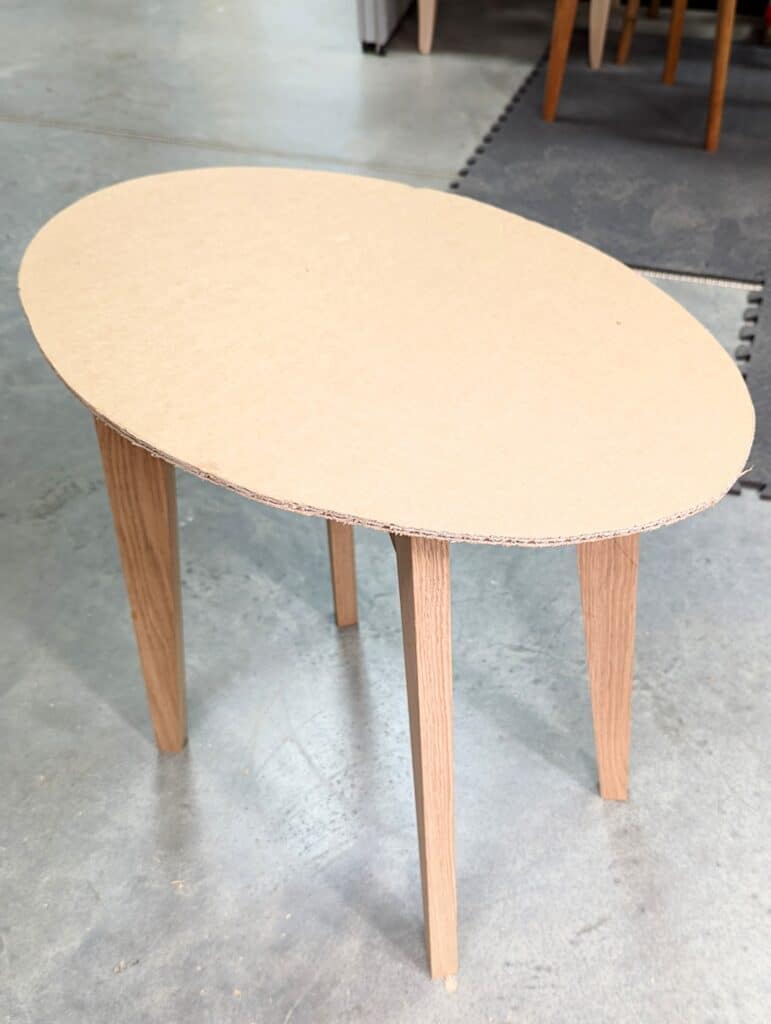
They might look the same but they’re not, not quite anyway. When I made the small tables for the living room of Sellers’ Home I experimented a little and made several shapes going from square to rectangular, octagonal and elliptical. At the experiment stage, developmental really, I left out the option of the ellipse in the end. I felt it muddied the water. Some things have to be trialled for a longer period than nestling a cardboard box by a chair for a few minutes just checking for height, space take-up, position options, etc. It’s more in the day-to-day use of a piece that we more accurately evaluate the true value of a design, find out what we really like, so I took my elliptical cherry prototype, still a finished piece in itself, to my office and used it for a few months. It just felt, well, somehow freer without any hard corners. Walking by it day-to-day I never caught my legs on it. In a tighter space, this is of real value and that is what prototyping is really all about. The dining/living area of the Sellers’ home kitchen is better with the ovals because people walk in and out past them throughout the day to get around the kitchen and through into the garden. This determined major elements of my self-discussion in my design.
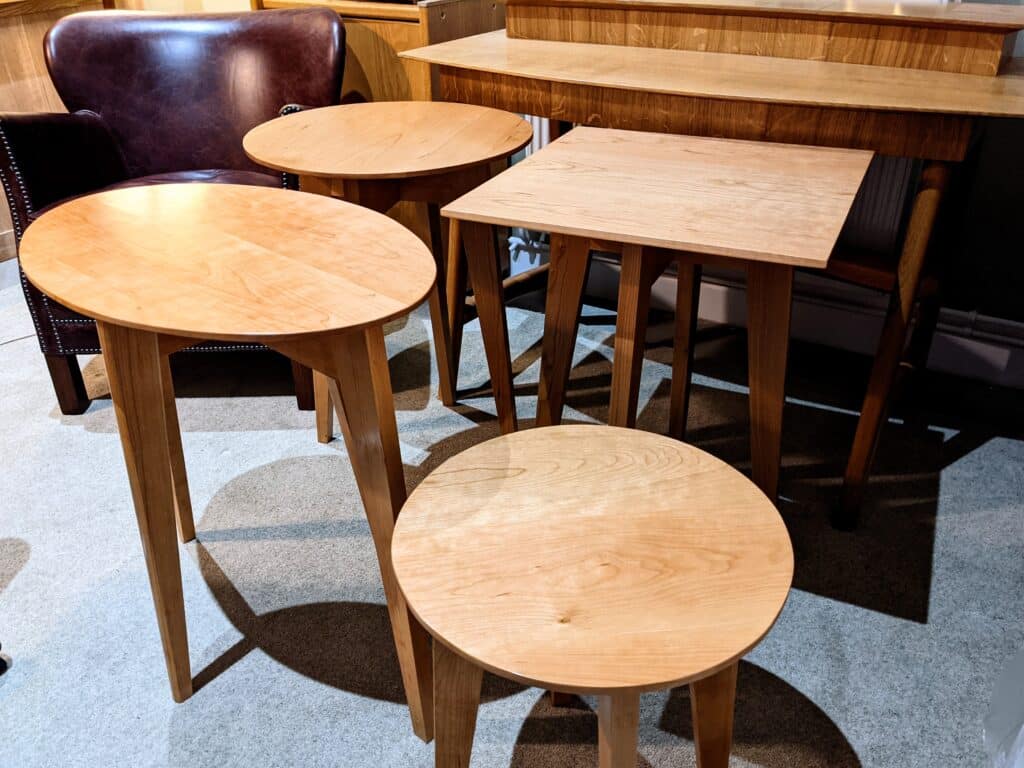
In the dining area of the house, I have a couple of armchairs and used a couple of square end tables there to test out for height and functionality. Not too much to that but in tighter spaces square often does not work and that was what I felt about square tables. This is what the houseful of furniture in sellershome.com is all about. Making furniture that absolutely fits in every room that’s there and that for me as a maker designer means designing the pieces to fit the space and then encouraging others to consider this concept for themselves. Though this is not based on any philosophy, inevitably there is nothing new under the sun. The Arts and Crafts movement was about pure do-it-yourself and on a huge scale. Arts and Crafts movements in different regions embraced the concept of building your own home, decorating it and making as many items for it as you possibly could. Sears and Robuck, the North American mail order company, even sold whole houses for construction by you on your site. The styles were of course Arts and Crafts. It symbolised the American You-Can-Do-It attitude. Quite a remarkable concept.
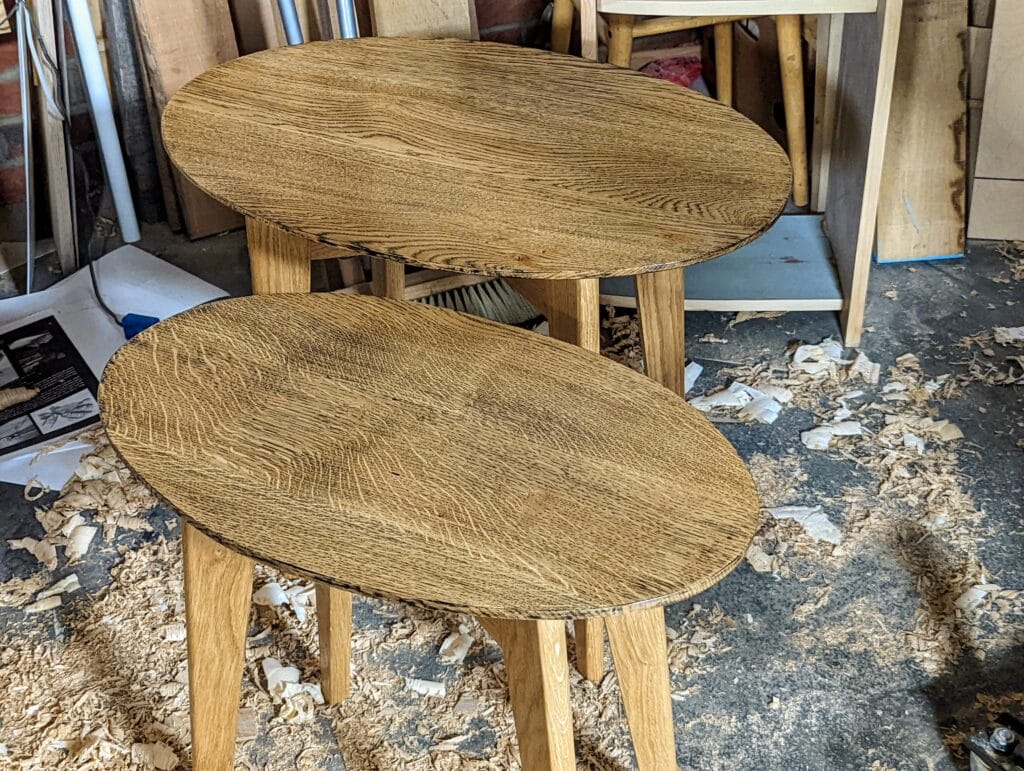
So here we are on a much smaller scale but plenty big enough for a small band of half a dozen people striving to do it themselves. This has been an exciting year and a half already. We have invested everything over the past 11 years in encouraging hundreds of thousands of woodworkers to adopt hand tool woodworking in their shed and garage to make themselves. By ‘we’ I mean everyone I work with and that goes from our Bookkeeper to our videographers videoing and editing in the day-to-day. Our ambitious plans are filling the gap as we knew it would.
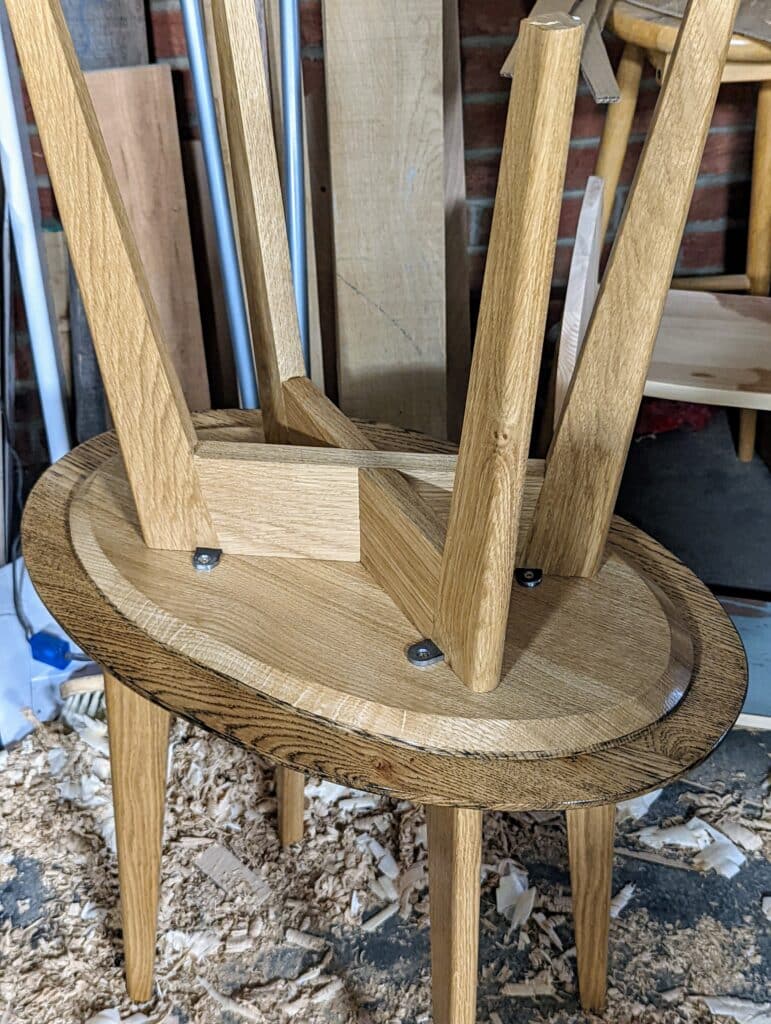
Each step we take demands every more from each one of us. My trialling an oval table results in a series of videos to be made and whereas in the past I simply made a piece and sold it a week later, now it is much more complicated. Even bookkeeping gets involved in that throughout the world they often have a value-added tax (VAT) at different rates in different countries and we have to charge buyers at that rate and then pay it to the relative governments. Of course, we did vote Brexit and that too led to some hiccups along the way but that will;l evolve as the future happens. So by the time we have videoed and edited the work, a simple table can be many weeks in the coming.
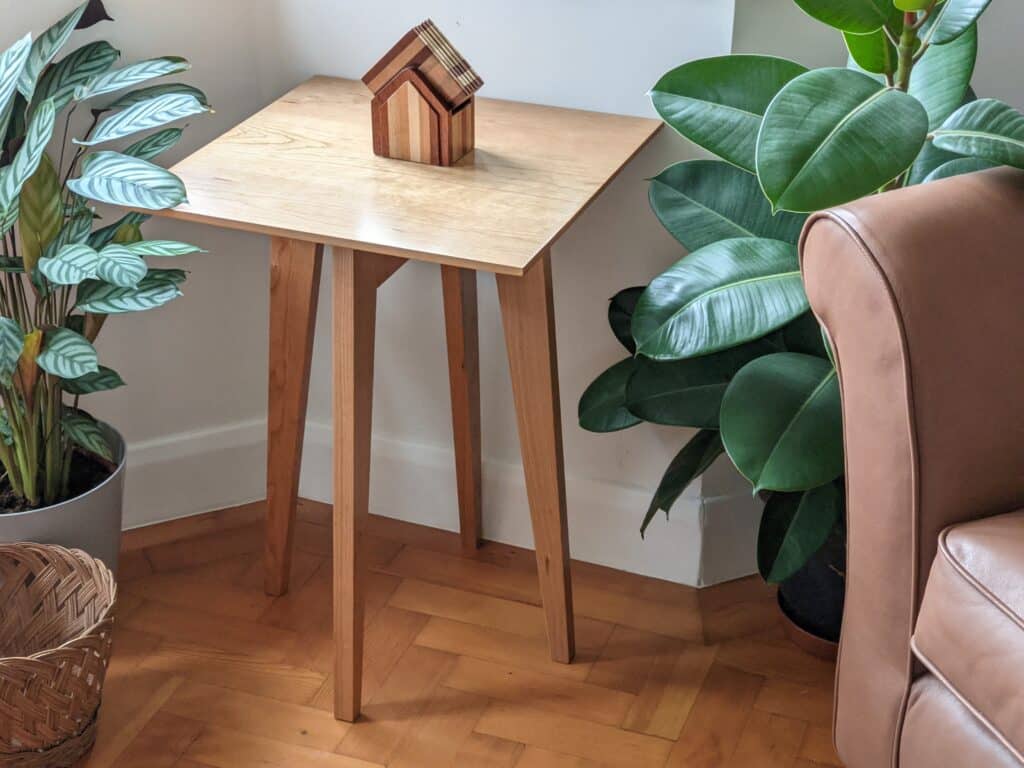
I did have a blast making my latest designs, and the changes were well worth it. It’s a little more complicated for a couple of less obvious reasons but good ones I wanted. Enjoying the process is one thing, but making it and concluding is it the most amazing sensation for me. To take something from a few rough boards and make something that will serve in a family for decades and even centuries is visionary beyond taxes and nationalism, politics and post-COVIDs. More than that, it goes beyond mere reason.
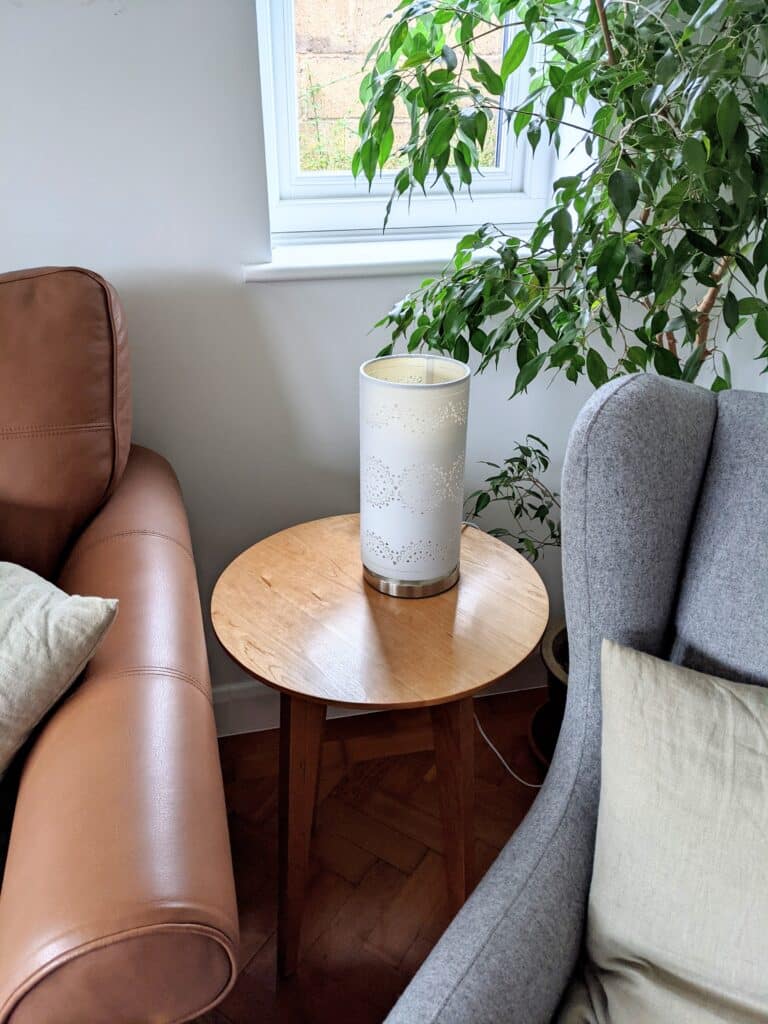


Loved it and your philosophy, you continue to inspire me.
That elliptical table looks ready to take off, an interesting design element that I’ve never quite seen before.
Excellent.
When I made my “extendable-to-ten” main dining table and my smaller kitchen table I didn’t do ellipses. But a similar idea: gentle curves along the length and breadth so again no sharp square corners but equally as important: guests can see each other sitting alongside each other without having to lean forward.
I really like the oak & paint finish on those tables. What is the process?
Same here, also very curious to learn how to achieve this effect.
Hi Paul,
I have a oval/eliptical dining table that has sentimental value to me but the top got damaged and I’d like to replace it. The top is veneered in Cherry but with solid Cherry legs so I’m happy to replace the top.
I was wondering if you had any ideas for “edge banding” the top (probably MDF) then veneer top and bottom. My initial thought was for some precisely cut and mitred segments around the oval. Thoughts ?
I’m sorry, Simon. I don’t really have any thoughts at all much on veneer work as I don’t really care for it and rarely use it in the way people using veneers do. Perhaps an online search?
Three points: the combination gauge of posts. First, from the prototype photo i thought you were building out of cardboard…and the wood only puritans were going to lose their minds! 2nd, I’m going to build a timber framed house from my woodland. Do you ever built rustic stick furniture? The stuff I see on wwmc looks super polished and more like a Canadian rocker than bodger work. Finally, any tips for wannabe timber framers perhaps a builder website you enjoy? Or he’ll what if you built a timber he shed for three paul sellers home? Teach us timber joinery…I’m not above begging lol.
Is there a video on how to make the oval table? Would love to make one.
There is and we are currently in edit phase. It will be on sellershome.com shortly.
Although they might look more or less the same, an oval and an ellipse are not the same.
An oval is made of two pair of circle arc (constant radius) while an ellipse has a continuously changing curvature.
Yes, but ellipse or oval, you choose, for 99% of people very adequately tells everyone this is an elongated or stretched round and not diamond, square rectangular or whatever.
You can mark out an ellipse with 3 nails, a length of string and a pencil. You need to know the length of the major and minor axis (horizontal and vertical lines).
That’s true. I think most people know that, but the stick, two nails and a pencil method is better, no stretching the stick as with string.